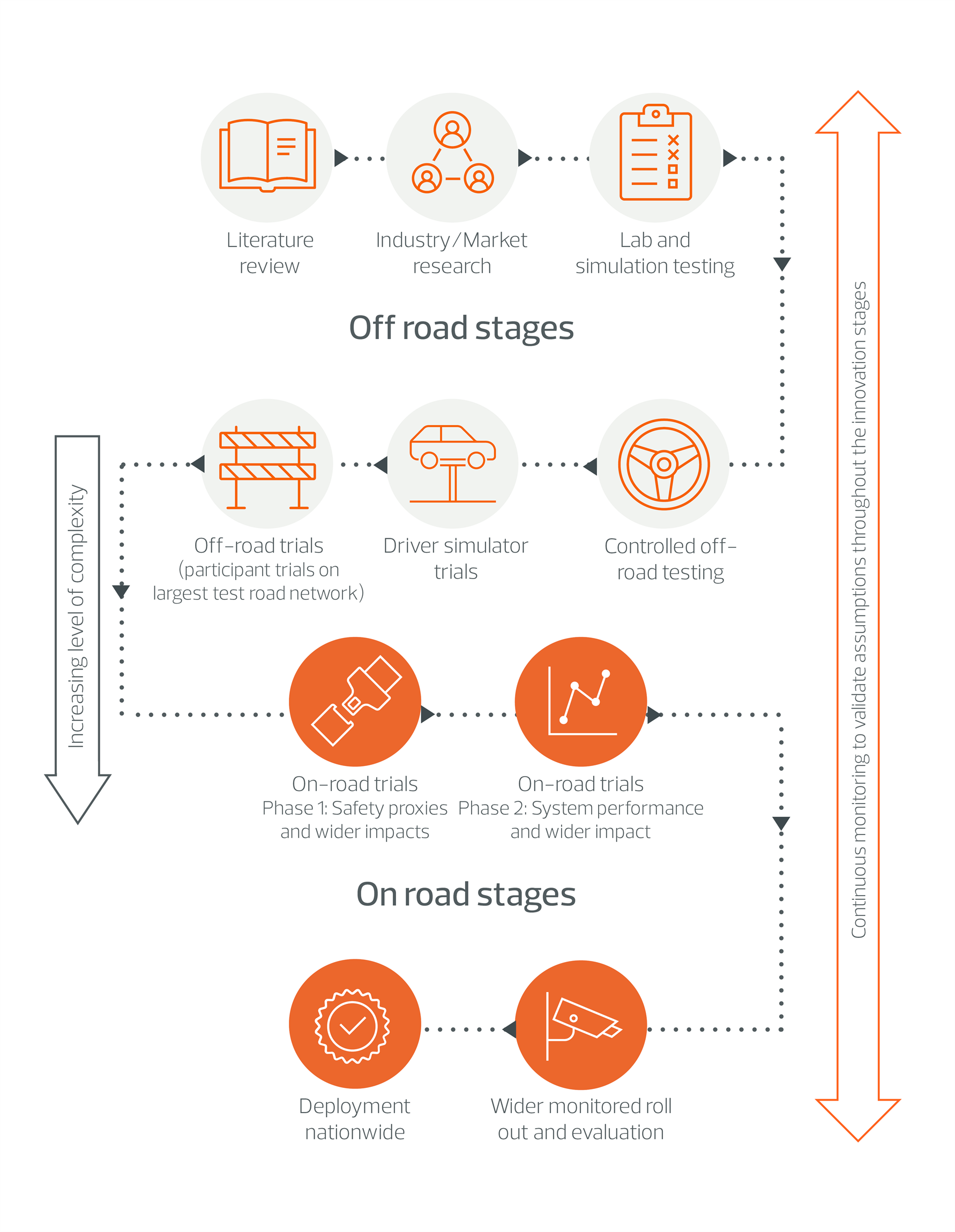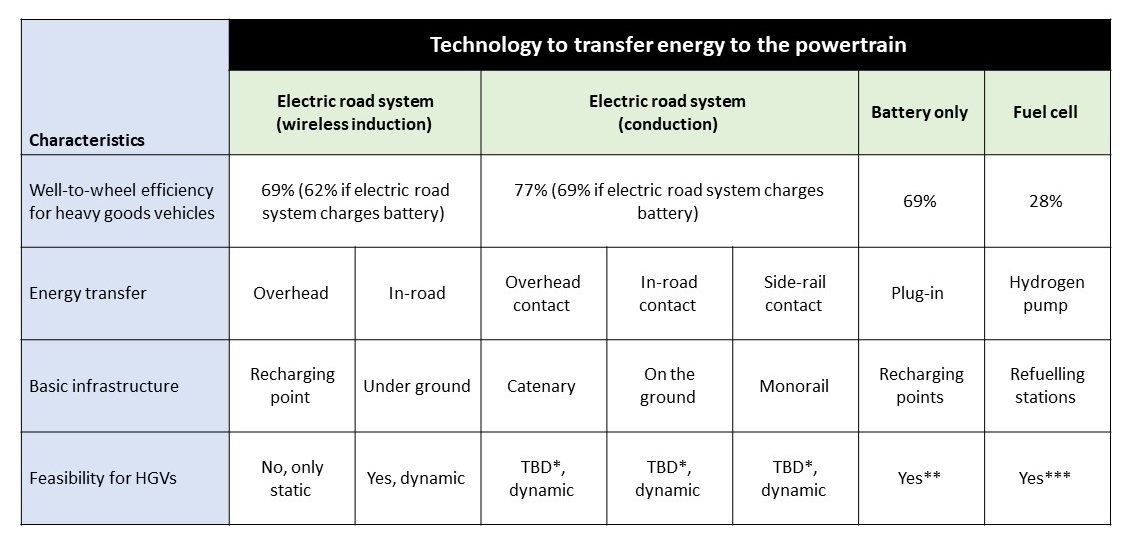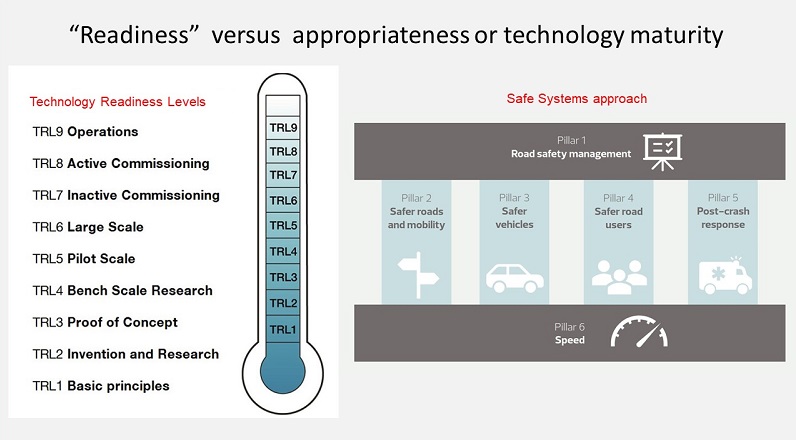A blog by Ros Walker, Principal Safety and Risk Consultant
Heavy Goods Vehicles (HGVs) are well understood to be prime contributors to UK transport carbon emissions, so it came as no surprise when the Government announced in November 2021, that all new HGVs sold in the UK will be zero-emission by 2040. For the moment, battery electric HGVs are not a viable zero-emission option for a large number of operators who operate the heavier 44 tonne HGVs and/or are covering long distances. That leaves some interesting alternative powertrain concepts, some of which are achieving global admiration for their successful deployment in other countries.
The Zero Emission Road Freight Trials (ZERFT)
Rather than leave the future of freight entirely in the hands of market forces, the UK government launched The Road to Zero Strategy2. Included within this, was an objective to understand the benefit of demonstrator projects to assess various technology options and any barriers to commercial deployment on UK roads. The spin off was the ZERFT programme3, run by InnovateUK. The programme has started with 20 projects looking at a wide variety of technologies for HGVs including battery electric trucks, electric road systems, hydrogen fuel cell vehicles and supply chain technologies. The programme will gradually focus on the most feasible options through a series of demonstration trials. TRL joined the ZERFT programme initially to apply our knowledge of trial design and vehicle/road safety regulation and standards to these new zero emission concepts.
And what a journey it’s been so far! The broad range of concepts has tested the breadth and depth of our expertise, led us down new avenues, and increased our understanding of so many issues that are not currently a concern for diesel trucks.The UK is generally a leader of new technologies, but it always pays to check out what has been happening elsewhere before reinventing the wheel with a union jack on it. So the ZERFT programme included basic feasibility studies of some solutions developed abroad. Early on we found that some of these technologies would not translate as well in the UK due to our road network - for example, UK roads feature many different types of vehicle restraint systems (roadside barriers), which would make installing an electric road system that takes power from a rail placed on the roadside barrier very challenging and costly. But it’s not just technology maturity that matters. The end-user community (HGV industry) were adamant that any alternative new technology must come with a robust safety case, cost parity with diesel, and assurances around minimising operational impacts before they would even consider switching. This then has eliminated a bunch of options from the programme but left a healthy collection of technologies that can now proceed to apply for funding for demonstration trials on our roads over the next few years.
In our work on the ZERFT programme we identified a range of common hurdles; as well as infrastructure constraints, there is no commercial protocol for 3rd parties to operate assets on the Strategic Road Network. And the very nature of some technologies (electric road systems) made it difficult to identify any suitable existing trial locations (e.g. electric road systems). TRL is a trials-based research organisation. We have been designing and managing trials of technologies on roads for decades. But the ZERFT programme got us thinking differently and has led us to refresh our approach to reviewing the feasibility of innovative new technologies (See Fig1).

Figure 1: TRL trial innovation process
The nine levels of the recognised Technology Readiness Scale do not work well in the context of the ZERFT programme. “Readiness” does not necessarily imply appropriateness or technology maturity. A “mature” solution may possess a greater or lesser degree of readiness for use in a particular operating context than one of lower maturity. And in a Safe Systems context, the proposed technology may simply not tick enough boxes.
Our innovation process outlines in detail the key stages that are required to be undertaken to implement a new innovation on UK roads. It helps to guide the development of any innovation, from initial ideas gathering, through to full scale deployment. The key stages with the process are aligned to other measures used across the industry (including National Highway’s Pilots and Trials Guidance4), and so are easily understood.
Our revamped process adds an extra dimension to the traditional TRL scale, ensuring that all innovations are continually monitored and evaluated throughout each stage of their development. Any assumptions that are made should be validated through monitoring; validation is based on robust scientific methods (research questions, hypothesis, experimental testing, analysis of data and reporting of conclusions). Key metrics being measured may include technical performance (e.g. reliability, accuracy and availability), safety performance, cost/benefit analysis and performance against overall objectives (e.g. journey time reduction, fuel or emissions reductions). As the innovation progresses through each stage, there is also a build-up of complexity in what is being trialled and measured, as confidence in performance increases.
The ZERFT programme has got off to a good start and the demonstration trials should prove to be a great source of curiosity and debate in the industry. These trials are not simple affairs. They are asking all the consortium members to stretch their skills and develop new expertise. Using our 360 degree innovation assessment process, we are able to make direct comparisons of technology maturity and system suitability (as illustrated in Figure 2). With this baseline, we are looking forward to providing ongoing assistance to the future ZERFT trials and building a zero emission HGV capability that will be eagerly embraced by industry and society.
Figure 2: Comparison of different powertrain options for HGVs

* Safety risk assessments pending
** Very limited range/payload, very limited fast charging infrastructure
*** Very limited refuelling infrastructure

